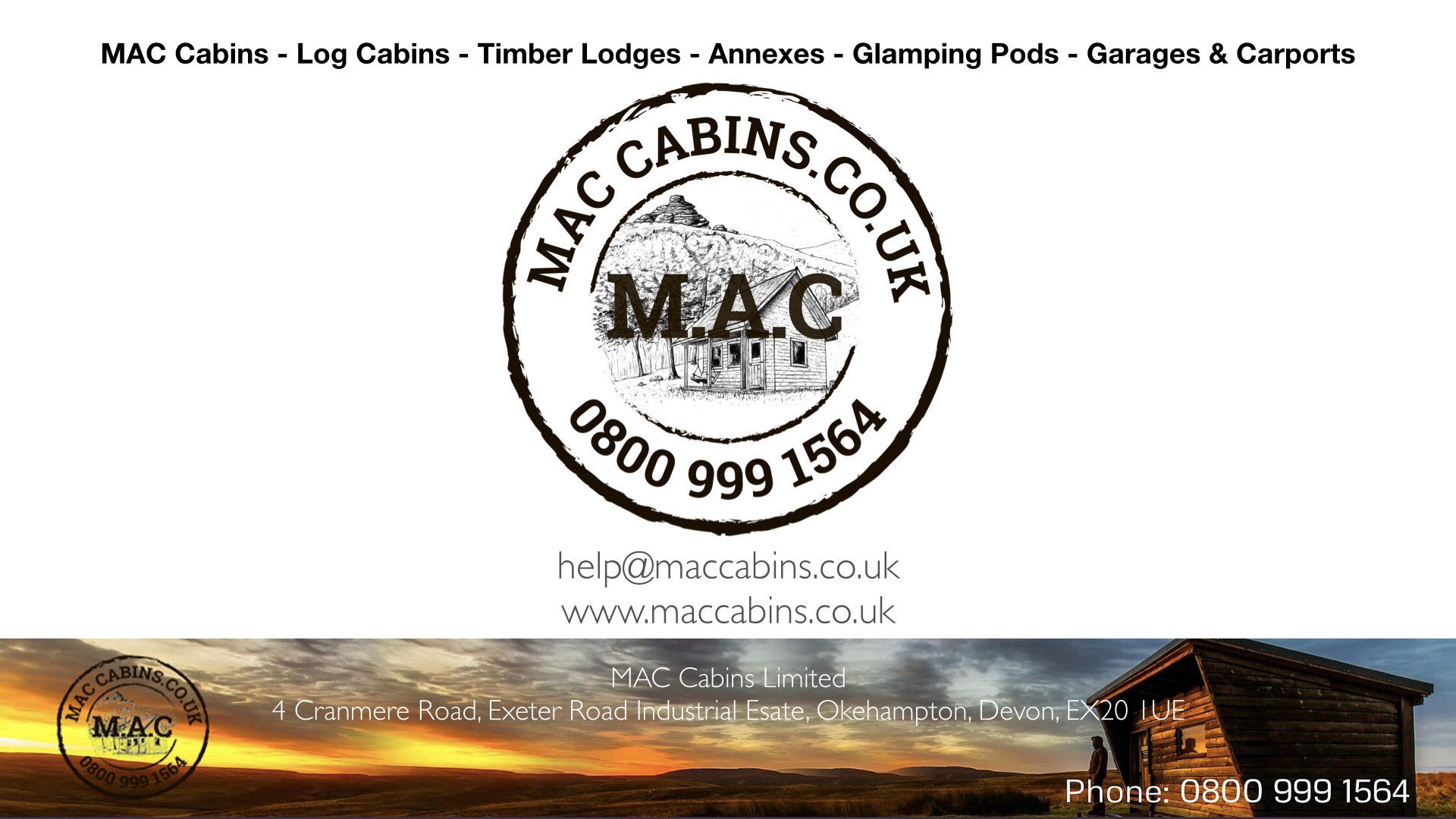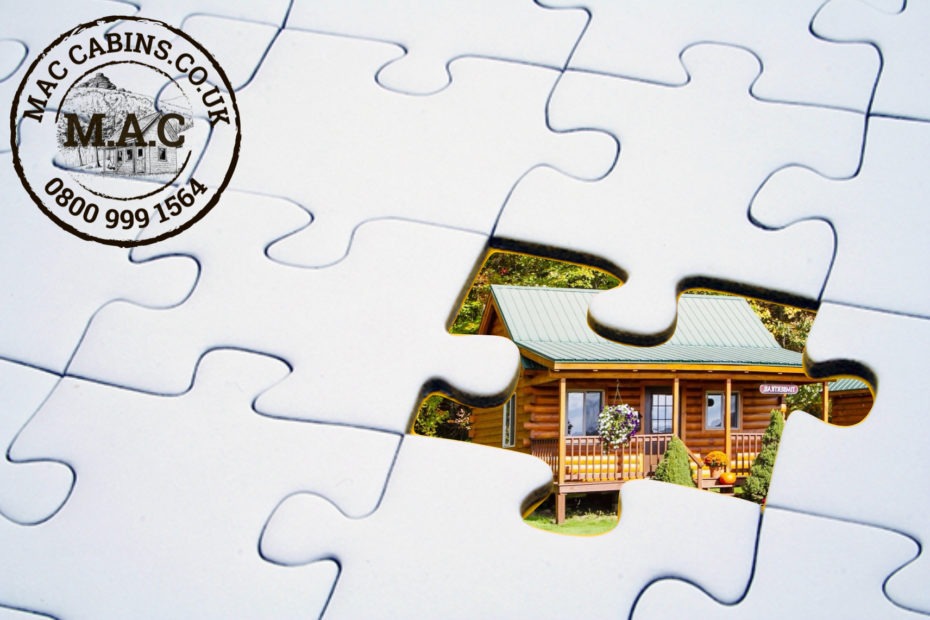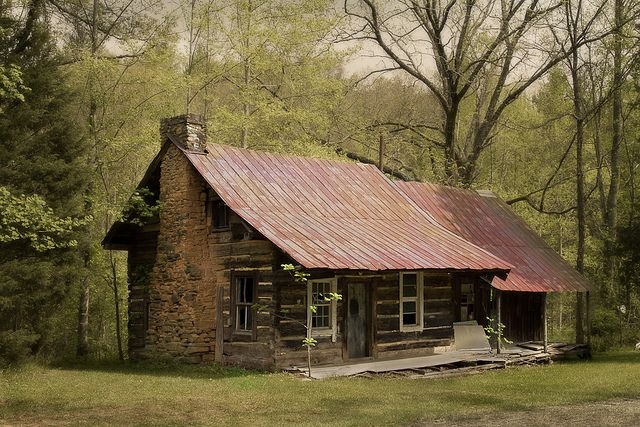
A brief delve in to the origins of log cabins and the need for habitable accommodation, shows that Log Cabins have been a long standing choice for many.
Log Cabins, The Perfect Fit
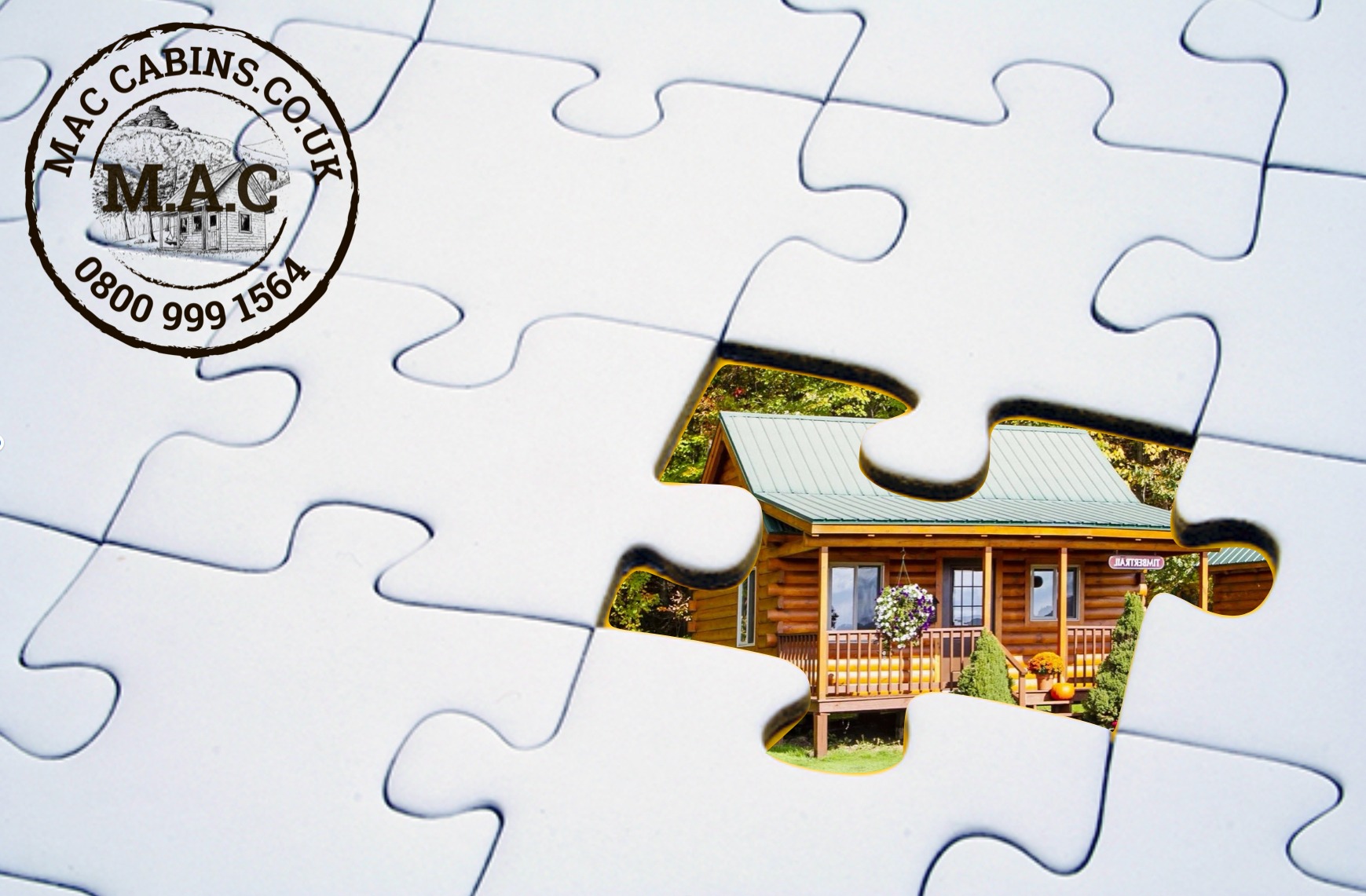
A brief look in to the origins of log cabins and why they are still so relevant today…..
The history of log cabins is deeply intertwined with the expansion of human civilisation and the evolution of building techniques. Here’s an overview:
Ancient Origins:

Early Beginnings: The concept of using logs to construct shelters dates back thousands of years. In regions with abundant forests, such as Scandinavia, Northern Europe, and parts of North America, early settlers utilised logs to build simple structures.
Primitive Log Shelters: These early structures were typically primitive, consisting of stacked logs with gaps filled by mud, clay, or other natural materials to provide insulation and stability.
Medieval and European Development:
Medieval Europe: Log construction techniques evolved over time, becoming more sophisticated during the Middle Ages. Log cabins were commonly used by peasants and settlers due to the availability of timber and the simplicity of construction.
Scandinavian Influence: Scandinavian countries, particularly Sweden and Finland, played a significant role in the development of log cabin construction techniques. Swedish settlers brought their log building expertise to the UK and other parts of Europe and North America.
North American Expansion:
Pioneer Era: Log cabins became emblematic of the American frontier during the westward expansion in the 18th and 19th centuries. They were the preferred dwelling for pioneers and settlers due to their simplicity, durability, and ability to withstand harsh conditions.
Colonial America: Log cabins gained prominence in North America during the colonial period, especially in regions like the Appalachian Mountains, where timber was plentiful. European settlers, including the Swedish, Germans, Scottish, Irish, and others, brought their log building traditions to the New World.

Cultural Significance:
-
- Symbol of Frontier Life: Log cabins are deeply ingrained in the cultural mythology of the American frontier, symbolising self-sufficiency, resilience, and rugged individualism.
-
- Literary and Artistic Depictions: Log cabins have been romanticised in literature, art, and popular culture, with iconic figures like Abraham Lincoln being associated with humble log cabin origins.
Modern Revival and Preservation:
-
- Historical Preservation: In recent years, there has been a renewed interest in preserving and restoring historic log cabins as part of cultural heritage efforts.
-
- Contemporary Construction: While traditional log cabin construction methods persist in some areas, modern techniques, including milled logs and prefabricated kits, have made log cabins a popular choice for holiday homes, resorts, chalets and eco-friendly housing options.
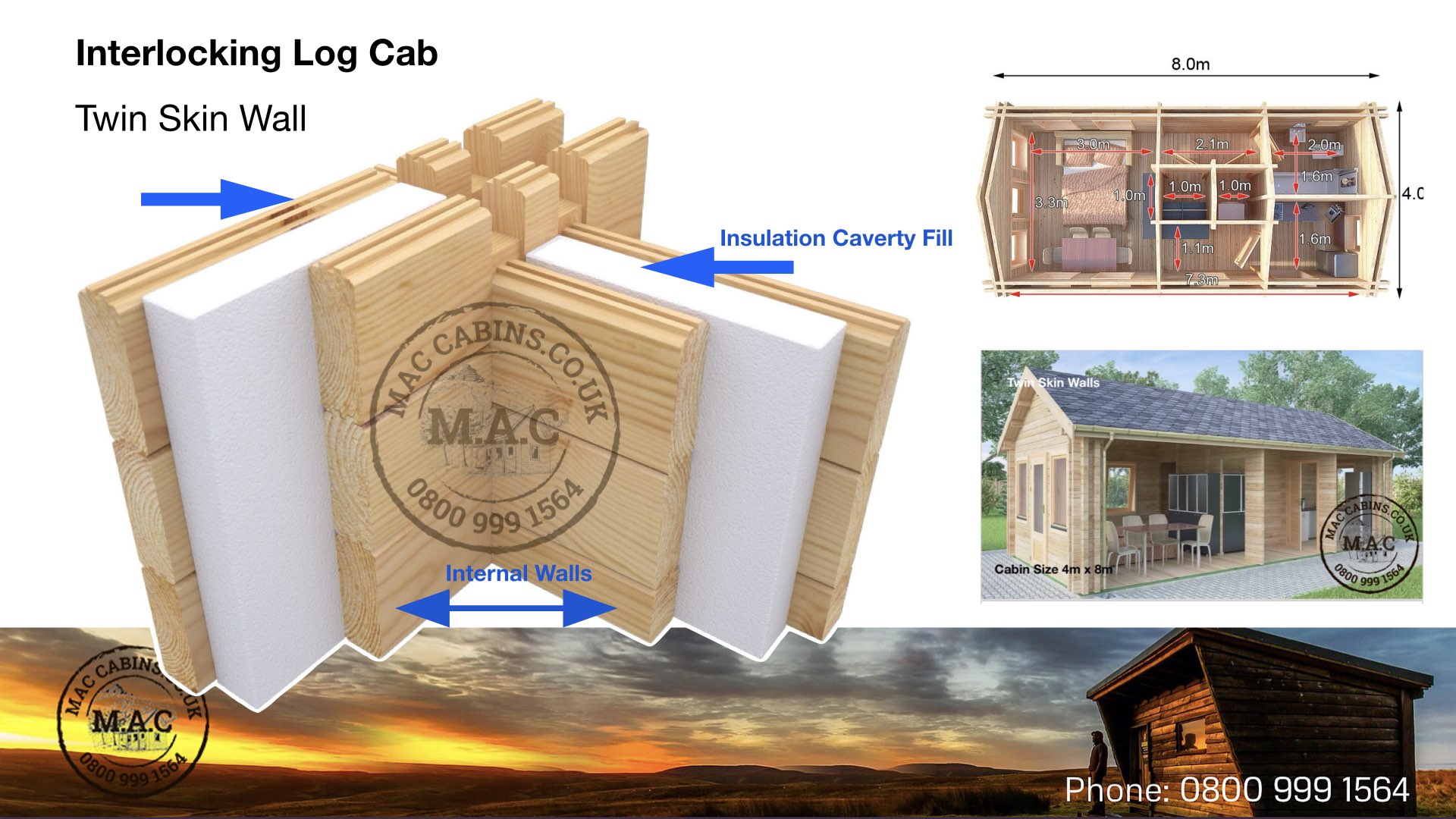
Overall, the history of log cabins reflects the ingenuity of human beings in utilising natural resources to create shelter, as well as their cultural significance as symbols of pioneering spirit and resilience.
Log cabins, while not as prevalent in the United Kingdom as they are in North America or Scandinavia, do have a presence in British history and culture. Here’s an overview:
Historical Context:
Medieval Origins:
Log construction techniques have been used in the UK for centuries, particularly in rural areas where timber was abundant. However, these structures were often more basic than the traditional log cabins found in North America, resembling simple cottages or shelters.
Traditional Architecture:
In parts of Scotland, Wales, and rural England, traditional timber-framed buildings, including cottages and farmhouses, were constructed using timber logs or beams. These structures often featured wattle and daub or stone infill between the timber framework.
-
- Crofters’ Cabins: In the Scottish Highlands and Islands, small log cabins or bothies were historically used by crofters (small-scale farmers) and shepherds as shelters during livestock grazing or hunting expeditions. These structures were often rudimentary and basic in design.
-
- Bothies: Bothies, which are simple shelters or huts, sometimes constructed from logs, have been used in remote areas of Scotland for centuries. Originally built for agricultural or forestry workers, some bothies have been repurposed as mountain shelters or for leisure use by hikers and outdoor enthusiasts.
Modern Usage:

-
- Holiday Cabins: While log cabins are not as common for permanent residence in the UK, they have become popular as holiday homes, vacation rentals, and glamping accommodations in rural areas, particularly in Scotland and the Lake District.
- Environmental Considerations: The eco-friendly and sustainable aspects of log cabin construction have led to increased interest in using them as low-impact housing options or as part of eco-tourism initiatives in certain regions.
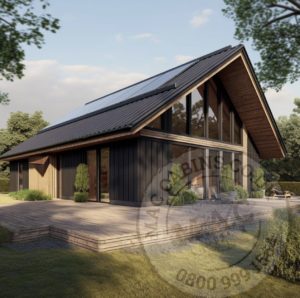
Contemporary Construction:
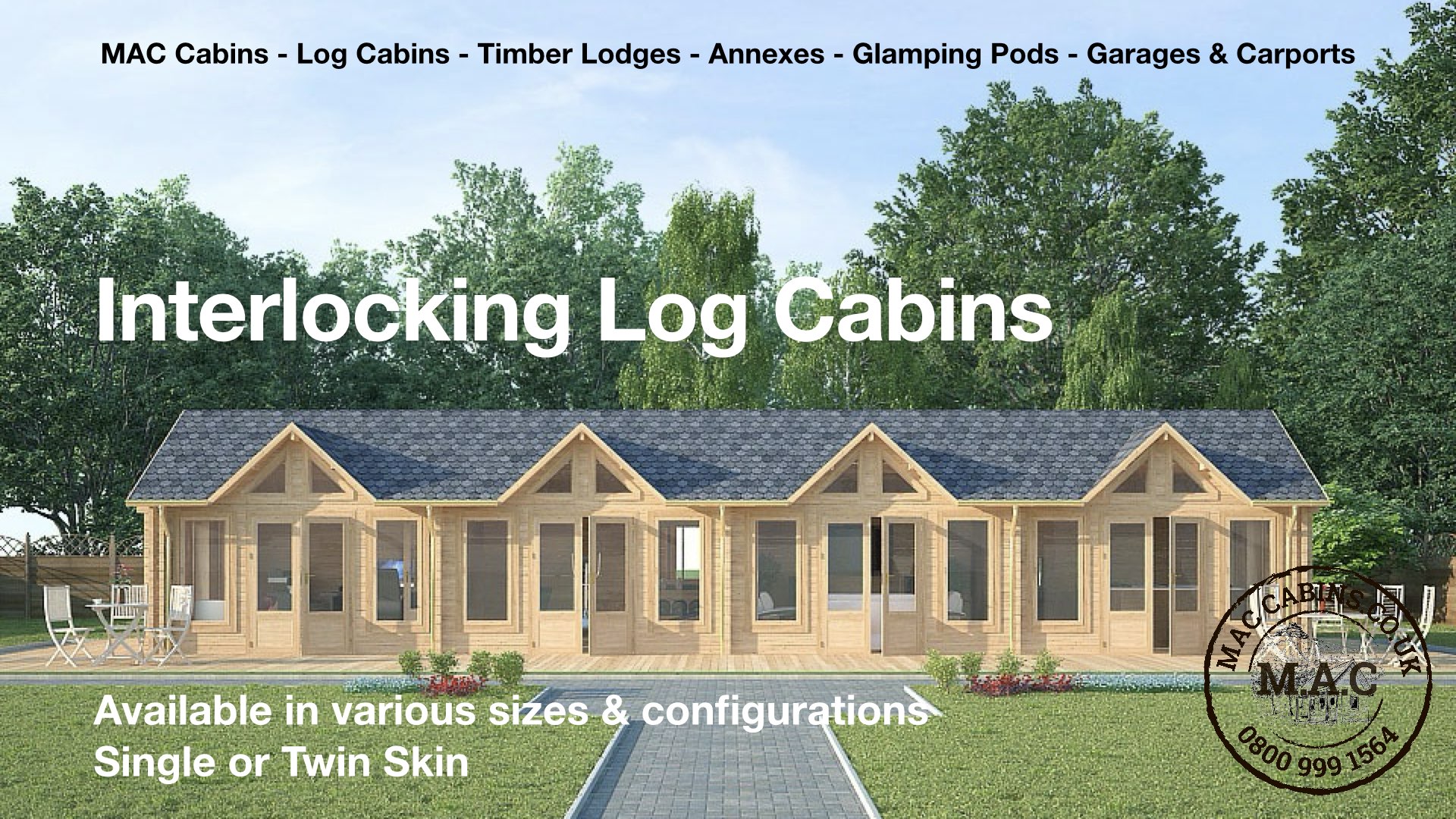
Modern Designs: Contemporary log cabin construction in the UK often blends traditional aesthetics with modern amenities and building techniques. MAC Cabins offer a range of designs, from traditional log cabins to more contemporary timber-framed structures.
Regulatory Considerations: Building regulations in the UK govern the construction of log cabins, ensuring they meet safety and environmental standards. Planning permission may be required depending on factors such as location, size, and land use regulations.
While log cabins may not have the same historical significance or widespread use in the UK as in other regions, they still play a role in the country’s architectural heritage and continue to be valued for their charm and the very important connection to nature.
For further information, please email: help@maccabins.co.uk
